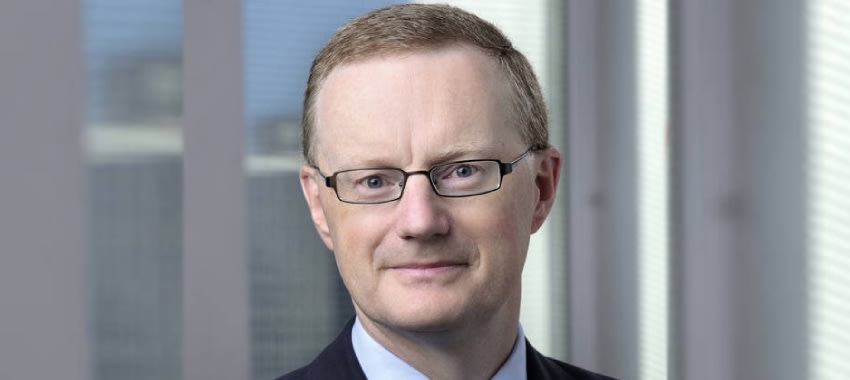
Following this week’s rate hike, RBA governor Philip Lowe has warned that mortgage payments will reach a record high within a few months.
Speaking at the Australian Financial Review Business Summit on Wednesday (8 March), RBA governor Philip Lowe said that while many Australians can withstand the impact of rising mortgage rates, the savings levels across the country are unequal.
To continue reading the rest of this article, please log in.
Looking for more benefits? Become a Premium Member.
Create free account to get unlimited news articles and more!
Looking for more benefits? Become a Premium Member.
“On the positive side, households’ wage and salary income increased by more than 10 per cent over the past year, people have been finding jobs, and a large stock of additional savings was accumulated over the pandemic period,” Mr Lowe said.
“On the other side, though, interest payments are increasing quickly at a time when inflation is also high; based on the interest rate increases that have already occurred (including yesterday’s), total required mortgage payments are expected to reach 9.5 per cent of household disposal income later this year, which will be around a record high.
“I acknowledge that the effects of higher interest rates are felt unevenly across the community. The most direct effect for households is on the cash flows of people with variable-rate mortgages.”
Since May 2022, when the RBA started lifting rates, average repayments on a $750,000 mortgage have increased by around $1,500 a month.
More mortgage prisoners
The impact of rising interest rates is also impacting those looking to refinance. The FBAA recently slammed APRA’s decision to keep the mortgage buffer at 3 per cent, claiming it was creating more mortgage prisoners.
FBAA managing director Peter White AM said the buffer means that many borrowers who can afford the interest rate of the day, or even a little higher, are being unfairly prevented from refinancing.
“More borrowers are becoming ‘mortgage prisoners’, locked into a situation where they can’t access a better deal because they don’t meet the inflated assessment rate,” he said.
“A 3 per cent buffer was appropriate in the past because interest rates were at an all-time low and were always going to rise significantly, and this protected both the banks and the borrowers, but we can’t live in the past and a buffer of 1.5–2 per cent is far more appropriate today and in the near future.”
Mr White argued that rates should have been managed better and raised in smaller increments over a longer time period.
[Related: RBA ups cash rate for 10th consecutive month]
 Login
Login










JOIN THE DISCUSSION